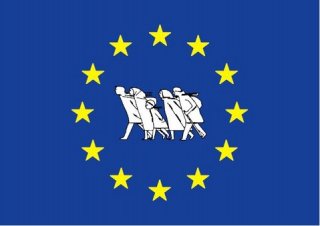YouTube (Traditional Genealogy Source #3)
YouTube has become another one of those traditional sources of information for me. I never cease to be amazed by the good historical film footage available and easily identified.
If you were not already aware, I am a big fan of gathering, providing, and attempting to understand historical context of genealogical events and activities. I believe, very strongly, that context helps place family decisions in a more realistic light. And videos, when done well provide visual, audio and even textual context. They are simply wonderful.
In order to provide a personal anecdote (story) I would share the following:
My mother grew up in Nazi Germany. Her family home, farm and possessions were lost to Poland as part of the Allied Ethnic Cleansing of Eastern Europe following the victory over Germany. Because my grandmother was sent to a Soviet Gulag, my grandfather was forced into Russian servitude, my uncle was in British captivity and my mother was in the American Zone… I never received or saw images of their loss, expulsion, or imprisonments. I can assure you each event was important but all I ever had was small verbal acknowledgments of the facts and few tellings of the stories along with no images.
As a result, I have been searching and gathering images and stories of the time. American, German and all western history tends to gloss over the time frame, circumstances and events- but not YouTube. I have found a wealth of videos. Naturally, many are disturbing. However, many are very informative. I have a much better idea of the time, place and circumstances of my families post-WW2 life and events. I have been able to build a context that otherwise I would never have attained.
Here are a few examples:
- http://www.many-roads.com/2010/11/30/der-zerstoerung-elbings-das-ende-1945/
- http://www.many-roads.com/2009/12/05/hansestadt-elbing-videos/
As I said at the outset… YouTube is a wonderful traditional source of genealogical information. You never know what you might find there!
copyright 2010 Mark F. Rabideau – ManyRoads

